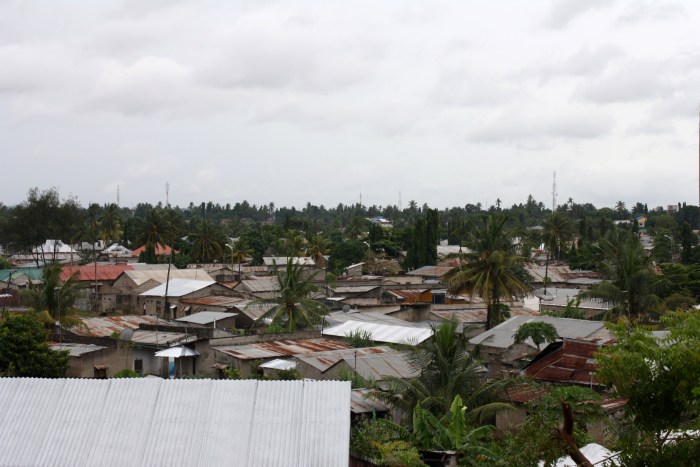Originally posted on the Bartlett Development Planning Unit blog.
For the first two weeks of May, students of the MSc Urban Development Planning worked in three sites across Dar es Salaam, Tanzania, as part of their field trip project supporting community-based initiatives for informal settlement upgrading.
Working with the Center for Community Initiatives (CCI), a local NGO, and members of the Tanzanian Federation of the Urban Poor, students have been trying to understand the realities of urban life in these three areas while developing ideas to guide more socio-environmentally just trajectories of urban development at the city-wide scale.

The three sites in which the groups are based—Karakata, Chamazi, and Mabwepande—have much in common: they are all growing peri-urban areas, they are all mostly “informal” or “unplanned”, most residents are low-income, and they face similar interlinking challenges such as infrastructure, access to basic services, sanitation, and solid waste disposal. But they also represent different patterns of land acquisition and development within the Tanzanian context.

Continue reading “Exploring possibilities for community-led urban land development in Dar es Salaam”





























